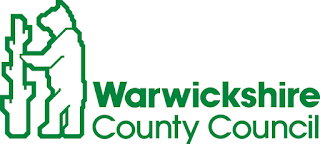Editor's note: Today’s post comes from Matt McNamara, director of engineering at Expensify, a company that provides “hassle-free expense reporting built for employees and loved by admins.” Read how their team uses Google Apps to work abroad for at least one month every year.
At Expensify, we’re all about making mundane tasks (like expense reporting), a pleasant, less time-consuming experience. Google’s no-sweat, work-in-real-time tools have helped us achieve these goals since starting our company in 2008. We considered alternatives like Microsoft and Zoho, but we found that no other solution could compete with the simple, intuitive interface and ease of use of Google Apps.
Google Apps is a natural extension of our company culture, which I like to think of as “Family Style.” Whether or not we’re in the office, we encourage people to work flexibly and with people on different teams. Building this type of open, supportive culture depends on ensuring everyone has an equal voice — and tools like Gmail play a huge role in making this happen. We encourage transparency and participation by adding every employee to all internal email lists from day one. It might sound like a lot, but anyone can opt out and choose only to follow what’s relevant to them.
Our annual month abroad also contributes to our overarching family culture. For one month every year, the entire team has the opportunity to work (and bring their families) abroad. We run as the same business, but from somewhere awesome — last year we spent a month in Thailand. Thanks to the flexibility of Google Apps, our only requirements for this trip are a beach, power and Internet access.
We rely on our employees to give us feedback about the tools we use, and Google Apps is probably the only product no one has ever asked to replace. We’ve tested bringing on some other enterprise and productivity platforms, but we always come back to Google Apps. Their integrations, like single sign-on with Intercom, make our lives easier. We can quickly onboard new employees, and don’t have to worry about former employees accessing sensitive content.
Because it’s so easy to use, we hire zero IT support, and I don’t foresee that changing anytime soon. Even non-technical employees can set up accounts without any problems. It just works — whether we’re at our headquarters or on the beach.












